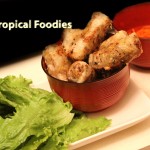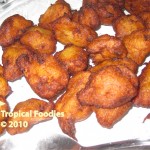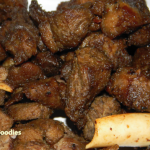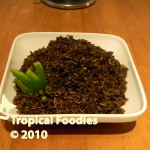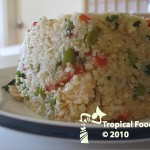Boiled yuca is commonly used as a side dish in some West African countries because yuca is locally grown and often less expensive than other goods such as rice and potatoes. It is very easy to cook and goes very well with …
Pao de Queijo… Addiction made in Brazil
I first had pão de Queijo (cheese bread in portuguese) at my friend’s house a few years ago. Originally from Brazil, Maria served us those delicious cheese balls as an appetizer. I remember thinking that they had a very unique, delectable taste and I didn’t believe Maria when she said that they were fairly easy to make….
Neither yam nor potato!
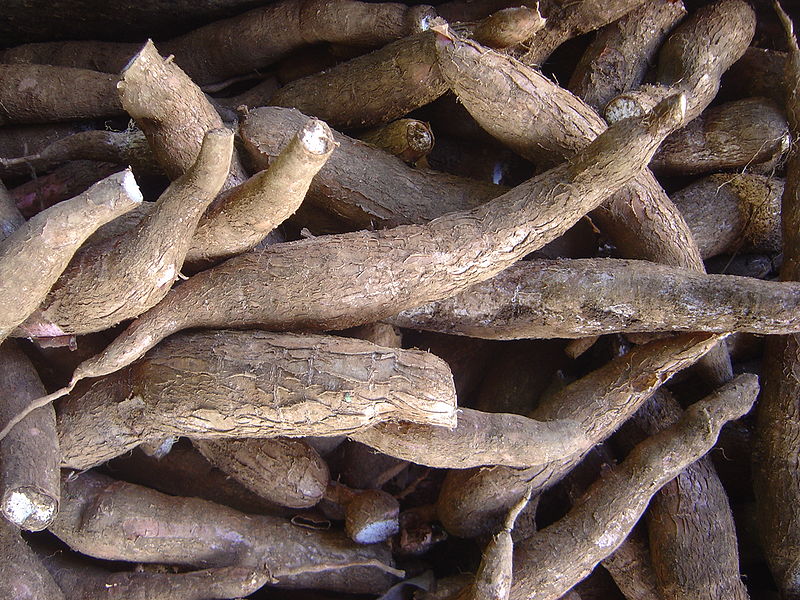 CASSAVA (MANIOC/TAPIOCA)
CASSAVA (MANIOC/TAPIOCA)
The cassava is an important source of dietary carbohydrates in the tropical and subtropical areas of the world, with its roots providing food for over 500 million people. It comes with hard and starchy white flesh. This vegetable is the basis in the making of cassava flour. The cassava contains a strong poison, cyanide, which needs to be eliminated during the preparation of the flour. This is done by cooking or fermenting the vegetable. Drying and grounding comes next. The cassava flour or gari is now ready for storage or use. The cassava or manioc plant has its origin in South America. Amazonian Indians used cassava instead of or in addition to rice/potato/maize. Portuguese explorers introduced cassava to Africa through their trade with the African coasts and nearby islands. Africans then further diffused cassava, and it is now found in almost all parts of tropical Africa. Africans adopted it for several reasons: The cassava plant is possible to cultivate in shifting systems and it gives flexible harvest. Furthermore it is resistant to locust attacks and drought.
The cassava root is mostly starch with very little vitamins and minerals, However one cup provides about 40 percent of the US recommended daily allowance for manganese and 71 percent of vitamin C.
Manganese is one of the trace elements necessary for strong bones. Low levels of the mineral can lead to bones being malformed. While research has not shown that low levels lead to bone loss osteoporosis, it has been shown to help prevention of bone loss in menopausal women.Manganese is also important in the formation of connective tissue, blood clotting factors and sex hormones. Low levels have been associated with infertility, muscle weakness and seizures.
As a very good source of vitamin C cassava can help your body repair tissues. It is an important component of proteins used to make skin, tendons, ligaments and blood vessels. Vitamin C is also used to heal wounds and form scar tissue and to repair bones, skin and teeth.
Low in saturated fat, cholesterol and sodium, cassava root is a good choice for heart health. (source:http://www.royalgazette.com/article/20111220/ISLAND05/712209956)


